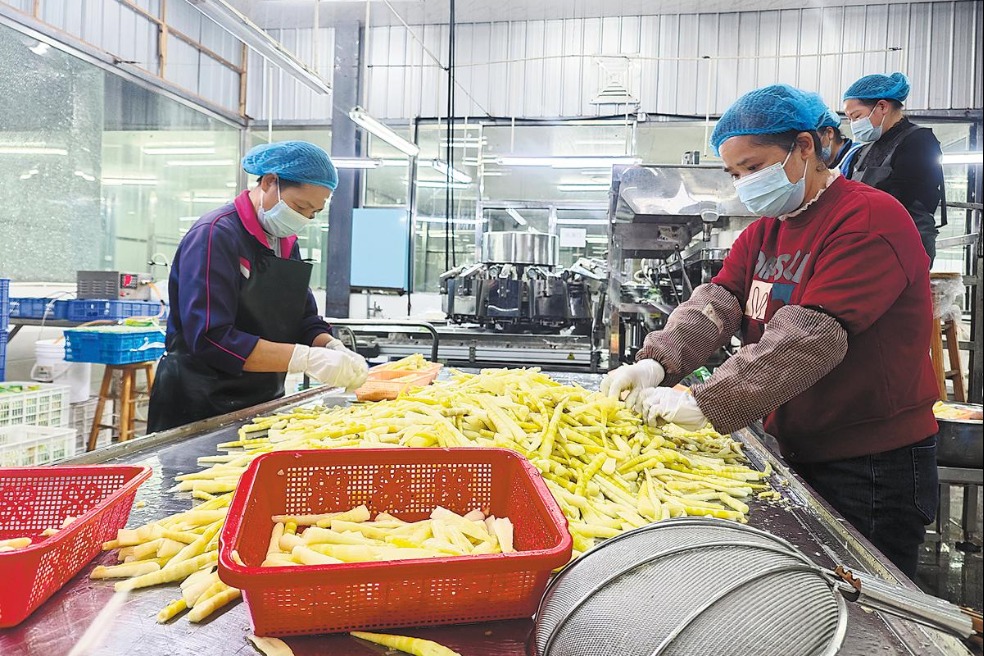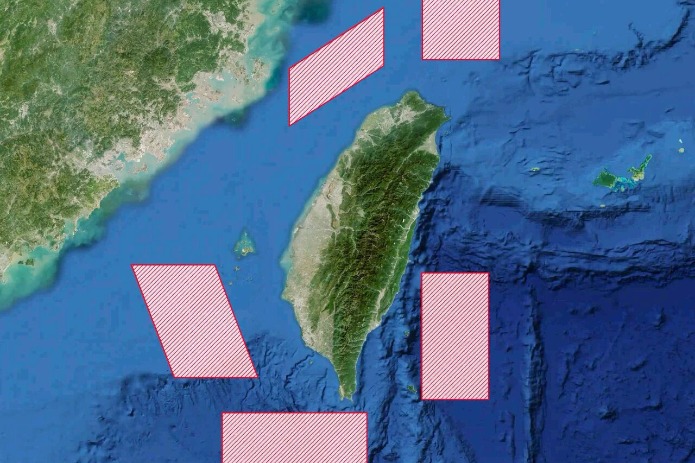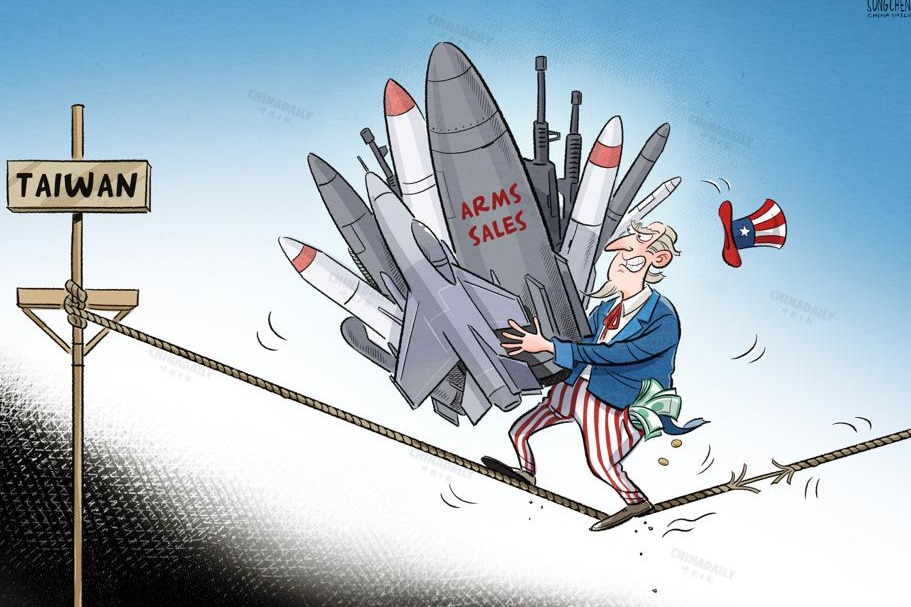Staying the course


China will continue to forge ahead with fortitude, which is good news for the world
The 20th National Congress of the Communist Party of China concluded with a positive message of openness to the world, and countries have since been weighing ways to better interact with the world's second-largest economy.
The event underscored the achievement of China becoming the major trading partner of over 140 countries and regions, leading the world in the volume of trade in goods which accounts for about 18.5 percent of the global total, up about 7.2 percentage points over the past decade. The report delivered at the 20th CPC National Congress stated that "we must keep to our path and not sway in our commitment. We must not return to the isolation and rigidity of the past, or veer off course by changing our nature or abandoning our system". It was the recognition of the successful path adopted by China, which echoes with such concepts as multilateralism and global development.
The CPC's confidence in leading the country to achieve modernization is its continued capacity to deliver and produce concrete results. China declared it had eliminated extreme poverty in 2021, with nearly 100 million rural villagers lifted out of that state during the past decade, against the whole background of more than 800 million people lifted out of extreme poverty in the past 40 years in China. Also, by the end of the past decade, several cities and rural areas were clearly closing the gaps of life expectancy with advanced countries. More recently, in September 2022, the life expectancy of China passed that of the United States.
In view of the above-mentioned facts and figures, China can play a role in international development beyond zero-sum games competition. The inclusive Belt and Road Initiative, since it was first proposed in 2013 by China, has been open to all countries willing to join hands to build a cooperative platform to connect continents along the routes through cooperation programs that boost their economies and promote people-to-people exchanges. It has, in effect, contributed to transforming the concept of an "international community" — which until recently meant a handful of countries in the Northern Hemisphere — by giving the Global South countries broader development opportunities and choices, and offering developed countries greater interconnective potential.
In more practical terms, the Belt and Road Initiative sets out to fill a vacuum, regionally and globally, in tandem with parallel organizations such as the Asian Infrastructure Investment Bank. Together, both have contributed dramatically to expanding connectivity and exchanges. In fact, both have triggered synergies primarily through networks with other initiatives across Asia, such as the Master Plan on ASEAN Connectivity 2025 and the Greater Mekong Subregional Economic Cooperation Program, among others.
Taking Africa as another example, among many other projects, China has participated in the construction of Sudan's Merowe Dam, a pipeline and a railway from South Sudan to the Indian Ocean, and rebuilt Kenya's railway to Lake Victoria, originally laid but subsequently abandoned in colonial times.
Beyond Asia and Africa, the Belt and Road Initiative's impact is also apparent in Latin America, and expected to gain greater visibility in the current decade in both the Andes and the Amazon regions through infrastructure deployments already underway. Trade with China, having increased about 17-fold since 2001, also reflects their closer bilateral ties.
In view of the above-mentioned successful interactions, President Xi Jinping proposed the Global Development Initiative at the 76th session of the UN General Assembly. The initiative's main goals coincide with the UN 2030 Agenda for Sustainable Development.
China is prepared to push the Global Development Initiative forward. One of the more recent indicators, the 2022 Global Innovation Index released by the World Intellectual Property Organization, shows China in 11th place among 132 economies, up one place from its 2021 ranking. The trajectory shows its elevation in rank for 10 consecutive years. Sci-tech innovation is a driving force for global development and China attaches great importance to innovation. And the main elements already mentioned contribute to a sense of a shared future for humankind and to a new kind of multilateralism.
In view of the path followed by the world's most populated country, which contributes one-third of the global growth and is the author of several kinds of development initiatives over the past decade, and which is intent on continuing to be a powerful engine of intercontinental economic traction in the coming decade, the future outlook for the world is positive.
The author is a professor of the Esade Educational Institution in Ramon Llull University and the director of the Dialogue with China Project, Spain. The author contributed this article to China Watch, a think tank powered by China Daily.
Contact the editor at editor@chinawatch.cn


































